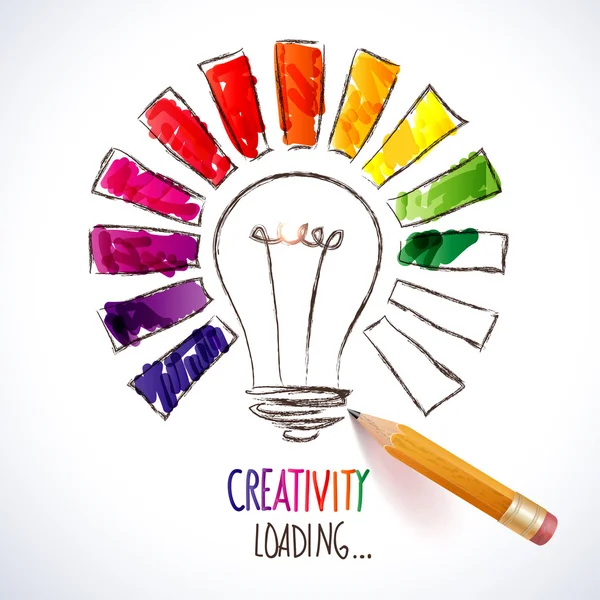The concept of “types of creativity” was coined by a distinguished cognitive scientist Margaret Boden.
1. Exploratory Creativity
Exploratory creativity accounts for 97% of human creativity – the most common form. It involves exploring the outer edges of the current limits of our knowledge, and by overstepping these limits, the innovation develops.
Computers are comfortable with this form of creativity – it is what they are made for. Being able to take a known pattern or protocol, and push its boundaries to explore new ideas. Computers can process information and perform calculations at rates that are orders of magnitudes faster than humans can. Thus, they can excel in researching new breakthroughs, although still being bound by the rules given by the programmers.
2. Combination Creativity
How do artists or musicians create stunning, new forms of art or music? They amalgamate a plethora of current forms of art in order to bring to light a imaginative form, which has previously been unknown by humans.
In much the same manner, combination creativity involves synthesising two contrasting or dissimilar theories, which inspires a unique, new construct. By way of illustration, the famous architect Zaha Hadid was able to create a distinctive style of curved buildings by coalescing her previous knowledge of architecture with a form of Russian painting – i.e. combination creativity.
In the upcoming world of Artificial Intelligence (AI), an algorithm that can play the best western music can combine with an algorithm that can play the best eastern music, creating a beautiful fusion of west and east – something that would take humans weeks and months to do.
3. Transformational creativity
This form of creativity is somewhat ambiguous, and focusses on the idea of phase changes, or key shifts in the subject area. This phase change originates by changing the given rules of the ‘game’, where the ‘game’ is the subject area at hand.
I believe that this is the peak of creativity, since sometimes, you must dismount from the known system and enter a new reality. Yet the question arises whether a computer can do transformational creativity? Can an algorithm break rules, and bring about phase changes in the subject area. This is a challenge since computers train themselves on data they are given – yet they are not built to imagine…
Picasso’s quote below shows that for a computer to be creative in this way, it must behave irrationally, which is something that new machine learning algorithms are beginning to be proficient in.
The chief enemy of creativity is good sense
Pablo Picasso


